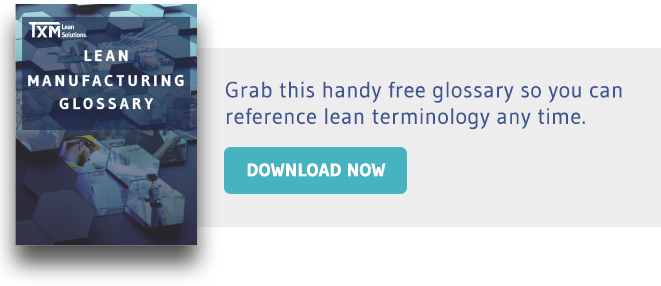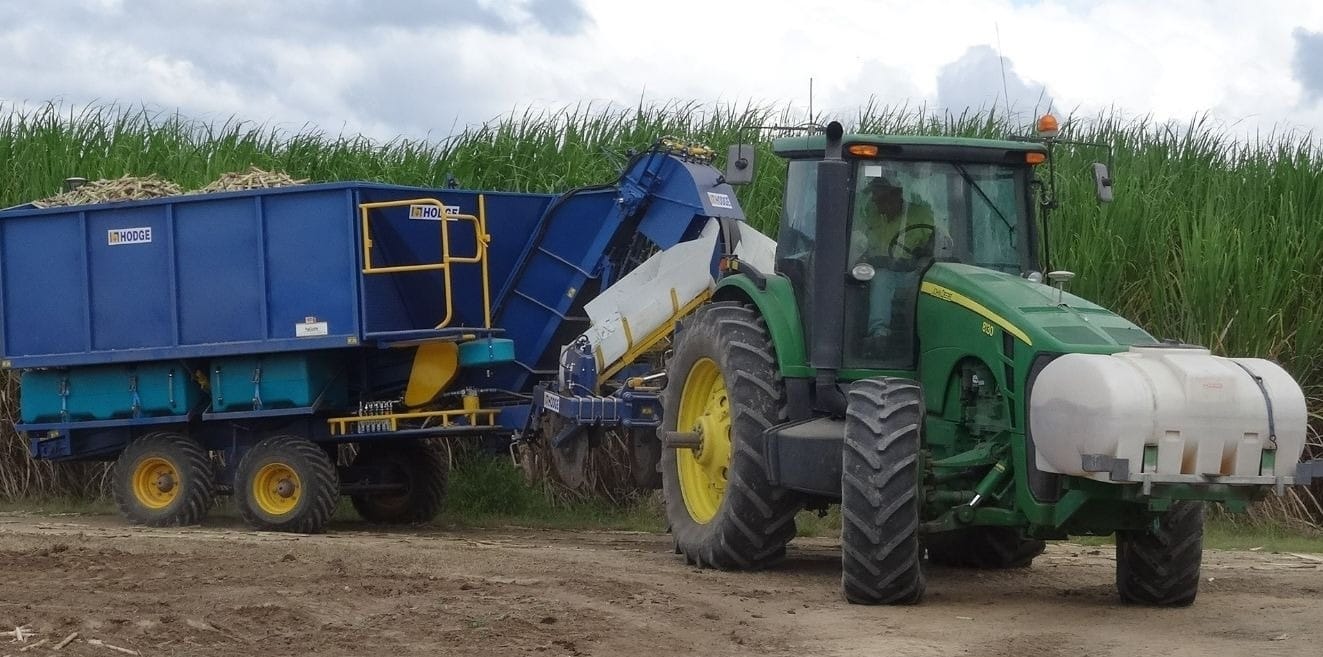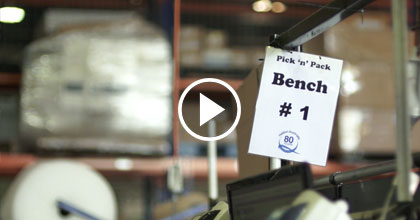It can be a bit bewildering trying to work out where to start with lean. One good way to get an understanding of what Lean Manufacturing is all about and to get a few ideas that you can apply in your business yourself is by reading about it. However there are now literally hundreds of books on the subject, and not all of them are particularly useful.
Based on our experience at TXM, here are some of the best books to get you started on understanding lean and the Toyota Production System (TPS)
General Introduction to Lean Books
Two books stand out if you are looking to get an understanding of what lean is all about.
“Lean Thinking”, by James P Womack and Daniel T Jones
is still an excellent overview of Lean. This was the book that really introduced the term “Lean” to describe the Toyota production system. However, it gives lots of examples outside of Toyota to give you perspectives on how the lean approach can be applied in other industries. It is also fairly readable and fair inexpensive. Buy from www.lean.org or in Chinese from http://www.leanchina.net.cn/,
The Toyota Way, by Jeffrey Liker
Like Womack and Jones, Liker is an academic who studied Toyota and analysed their success. Liker identifies 14 management principles that are key to Toyota’s success. If you can get over the absolute reverence for everything Toyota (even Toyota people I know get a bit embarrassed about this) there are some excellent ideas. Like “Lean Thinking” it is the source (often unacknowledged) for a lot of other work by “lean” authors. Buy at Amazon or other on-line book stores.
If you are time-poor, then an excellent article from the Harvard Business Review can provide you with a quick overview of lean and TPS. “Decoding the DNA of the Toyota Production System”, By Stephen Spear and H. Kent Bowen, Harvard Business Review, October 1999 introduces four basic common sense principles that underlie TPS. It can be purchased from www.hbr.org.
The Best Books on How to Implement Lean Manufacturing
Once you understand the principles of lean, you will want to try it out. While the two books above are inspiring, they are not “How to” guides. Fortunately, the Lean Enterprise Institute (which was founded by Jim Womack, author of Lean Thinking) has published an excellent series of handbooks.
Learning to See, by John Shook
This book introduces the concept of Value Stream Mapping, which is where a lean implementation will usually start. This is a step by step “do it yourself guide” to VSM and was where I started. From this book then flow a series of other handbooks that look at the tools that you will need to implement your future state value stream map:
- Creating Continuous Flow by Mike Rother and Rick Harris will show you how to develop work cells.
- Making Materials Move by Rick Harris, Chris Harris, and Earl Wilson will help you set up a materials supermarket, kanban systems, and material supply “milk runs”.
- Creating Level Pull by Jim Womack, Dan Jones, John Shook, and Jose Ferro will help you establish simple planning and production control tools to establish level production through your value stream,
- Seeing the Whole by Dan Jones and Jim Womack enables you to extend your value stream to your suppliers and your distribution network.
These excellent books can be purchased from www.lean.org and in Chinese from http://www.leanchina.net.cn/. They are quite expensive, but can be purchased either individually or (I recommend) as a set at a discounted price.
Another good handbook is “Toyota Way Fieldbook” by Jefferey Liker and Dave Meiers. This is more of a “how to do TPS” practical guide and may suit some readers more than the higher-level focus of the Toyota Way. Again source this from Amazon or other online stores.
Books Written By Me, Timothy McLean
Plugging my own Lean Manufacturing books here. I have written two books:
The Best Books on Lean Leadership
Creating a lean transformation requires more than just tools. To achieve the change Leadership needs to be aligned on the change and demonstrate daily leadership behaviours that are consistent with lean. Also, the underlying mindset and culture of the organisation will need to change. Again there are thousands of books on this topic, but two that we particularly recommend.
Getting the Right things Done, by Pascal Denis
Is a very straightforward explanation of how to develop and implement a lean strategy using Lean Strategy Deployment or Hoshin Kanri and A3 One page plans. It is very readable (although the “business novel” style is not to my personal liking) and has lots of templates and practical examples. Importantly you learn that Hoshin Kanri and the A3 is not about the templates, it is about how you use them and how you communicate through your business. It is also quite inexpensive and can be sourced from www.lean.org and is also available in Chinese from http://www.leanchina.net.cn/.
Toyota Culture by Jeffrey Liker and Mike Hoseus
explains how Toyota has created a people-centric culture. It provides you with advice on how to develop people within a lean production system, ensure accountability at all levels and how to inspire people to be committed. It is a book that is highly recommended by many of the Toyota people I know, so worth a read. Again it can be obtained from any online book store.
Again if you are short on time, the essence of the way Toyota leads and develops people is captured in the article Learning to Lead at Toyota”, By Stephen Spear, Harvard Business Review, May 2004. Purchase from www.hbr.org.
The Best Books about Specific Lean Tools
If you are focused on particular lean tools or special applications of lean, an accessible and cheap start point is The Productivity Press Shopfloor Series. These are simple handbooks on a wide range of topics including:
- 5s For Operators
- Quick Changeover
- Total Productive Maintenance
- Kanban
- Standardised work
- Cellular manufacturing
- Autonomous maintenance
They are fairly simplistic, but for around $25 each, they provide a cheap introduction to each tool and are aimed at shop floor people so they are fairly straightforward and easy to read and understand. Purchase from routledge.com or Amazon.
Beyond that, if you are really keen you can go to some of the “source texts” on the most famous lean tools including:
- The original 5s text, “The Five Pillars of the Visual Workplace” by Hiryuki Hirano.
- The bible on set up time reduction, “A Revolution in Manufacturing, The SMED System, by Shigeo Shingo
- There are lots of books on Total Productive Maintenance, but “TPM Development Program – Implementing Total Productive Maintenance” by Seiichi Nakajima is a favourite with the TXM team
All these books are from Productivity Press and can be sourced from routledge.com or Amazon.
For the special application of Value Stream Mapping some good texts are:
- For Lean in the office try “The Complete Lean Enterprise – Value Stream Mapping for Administrative and Office Processes” by Beau Keyte and Drew Locher.
- For complex processes try “Creating Mixed Model Value Streams” by Kevin J. Duggan
- For an innovative approach to creating flow in process manufacturing “Breaking Through to Flow” by Ian Glenday is worth a look.
As I said at the start, there are literally hundreds, if not thousands of lean books and lean topics, so this list is by no means comprehensive. However, reading some of these books will help your lean understanding greatly and hopefully get you started on your lean journey.
Of course, if you don’t have time to go to an online bookstore, I can highly recommend our blog 0r just Contact Us






